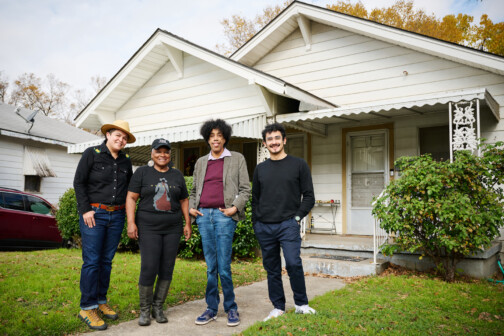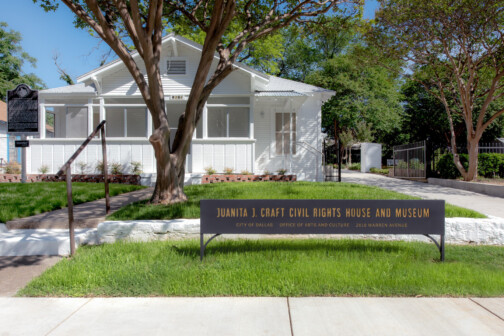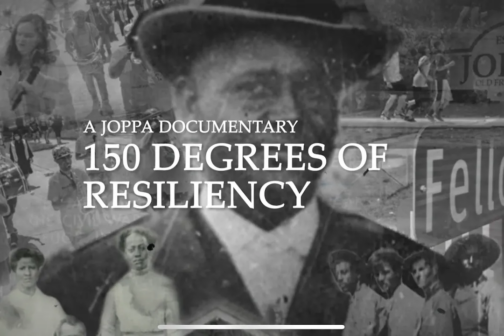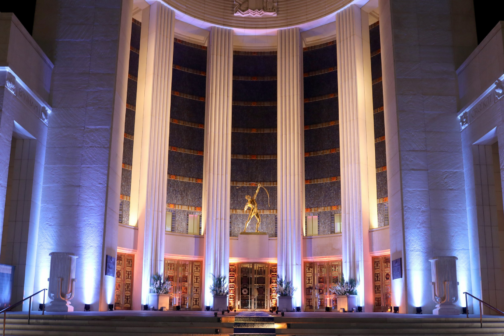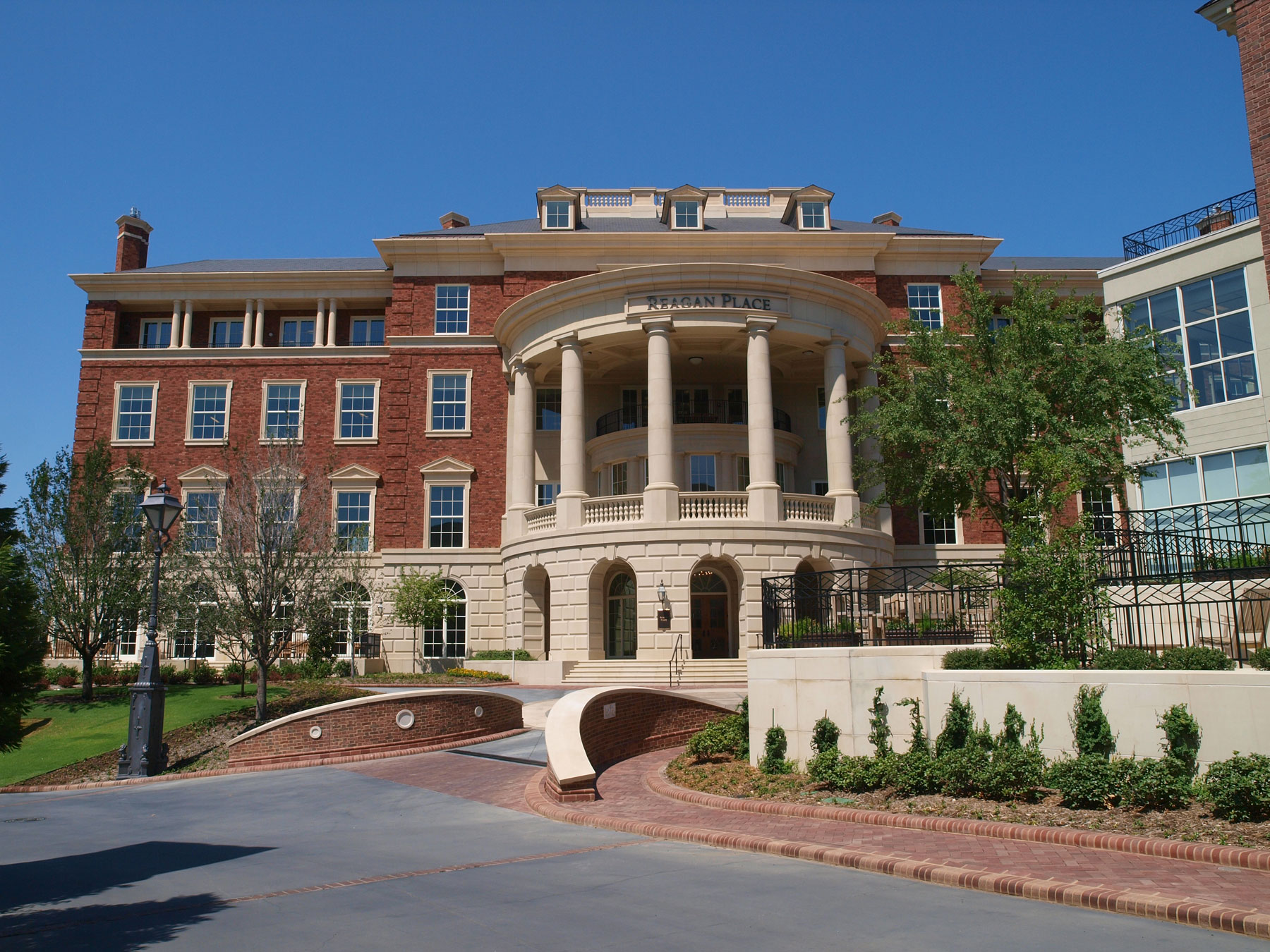It doesn’t make any sense on paper that KNON, Dallas’ forever eclectic and totally community-supported radio station, is celebrating its 40th anniversary.
“There’s the board that survived the tornado,” says station manager Dave Chaos, pointing at the cream-colored sound board in the main studio, alluding to the 2019 twister that demolished one of its several previous homes.
“It’s survived more than that,” says Jesse Gonzalez, one of the station’s other three staffers. He’s setting up for his Friday afternoon slot as DJ Kane, where he spins the station’s trademark “Latin Energy” mix: a blend of Tejano, hip-hop, freestyle, cumbia, and more. He’s wearing a KNON baseball jersey that’s been stabbed with a little French flag pin as he sets up his controller. It’s Bastille Day, and producer Pierre Jacobson is a recent French expat. (I’m offered red, white, and blue cookies for the occasion.)
All around the studio are plaques commemorating people who have donated at least $1,000 to the station, including names familiar to long-time listeners as well as local companies like Jay Jones Realty and EZ Out Bail Bonds. These are the station’s most generous donors. In a radio world run by Audacy, Cumulus, and iHeartMedia (and to a far lesser extent, NPR), KNON gets no government or corporate support. Instead, it runs almost entirely on the enthusiasm of its volunteers who make up what has to be one of the most eclectic programming schedules in American radio.
“We’re real people who love music, who spend a lot of time looking for music and sharing it with others,” says Chaos. “You can’t Google ‘What’s my next favorite song?’ or ‘What’s the next genre of music that I had never realized that I’m going to love?’ But there’s that person on KNON, that volunteer DJ, who is gonna share it with you.”
Gonzalez’ slot, which seamlessly combines Spanish and English-language music (and banter), is preceded by three hours of soul and blues by veteran singer Gregg A. Smith. It’s followed by Texas Renegade Radio — two hours of country music — and that’s just the Friday schedule from 9 a.m. to 6 p.m. Nearly every musical demographic in North Texas gets airtime, so long as their DJs can meet their fundraising goals during the station’s pledge drives.
Its motto, “The Voice Of The People,” is one adopted by many community stations. In KNON’s case, though, it feels uniquely accurate. “Nobody has the multi-format set up the way we have it,” says Gonzalez. “I think in some communities, it’s just not as welcome as it is in ours. We’re so diverse but we’re all the same out on the airwaves, just trying to take care of our people.”






